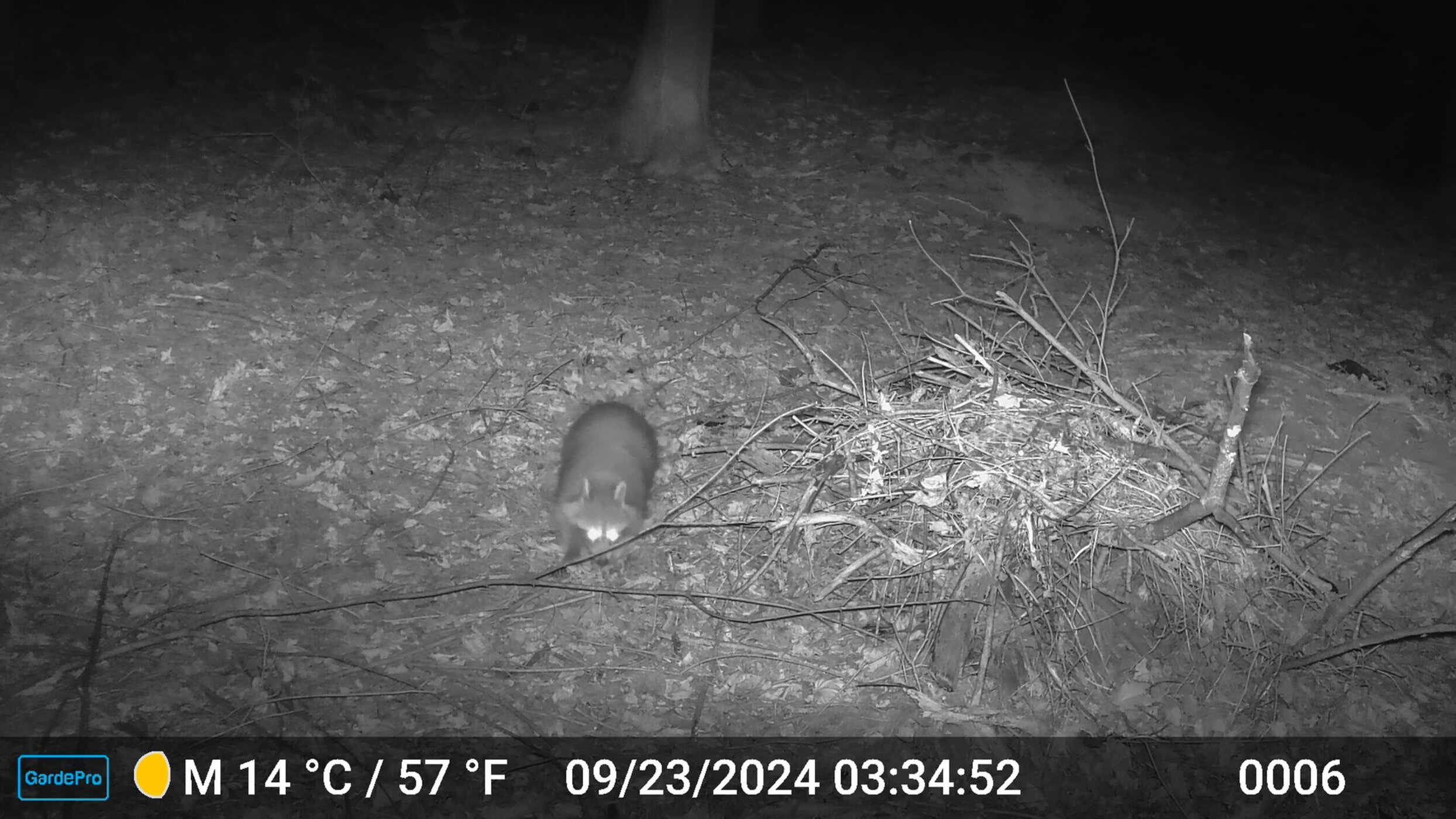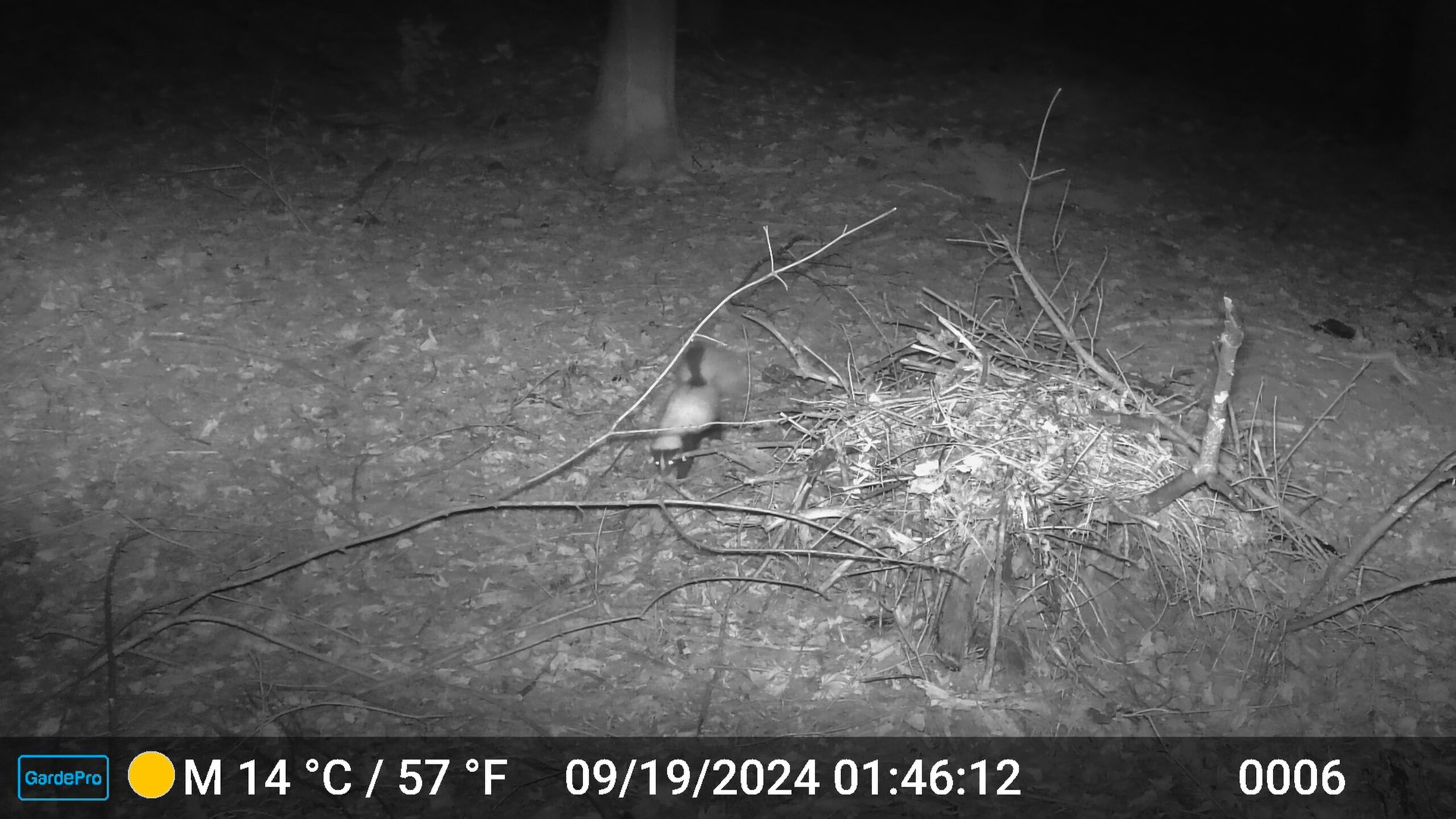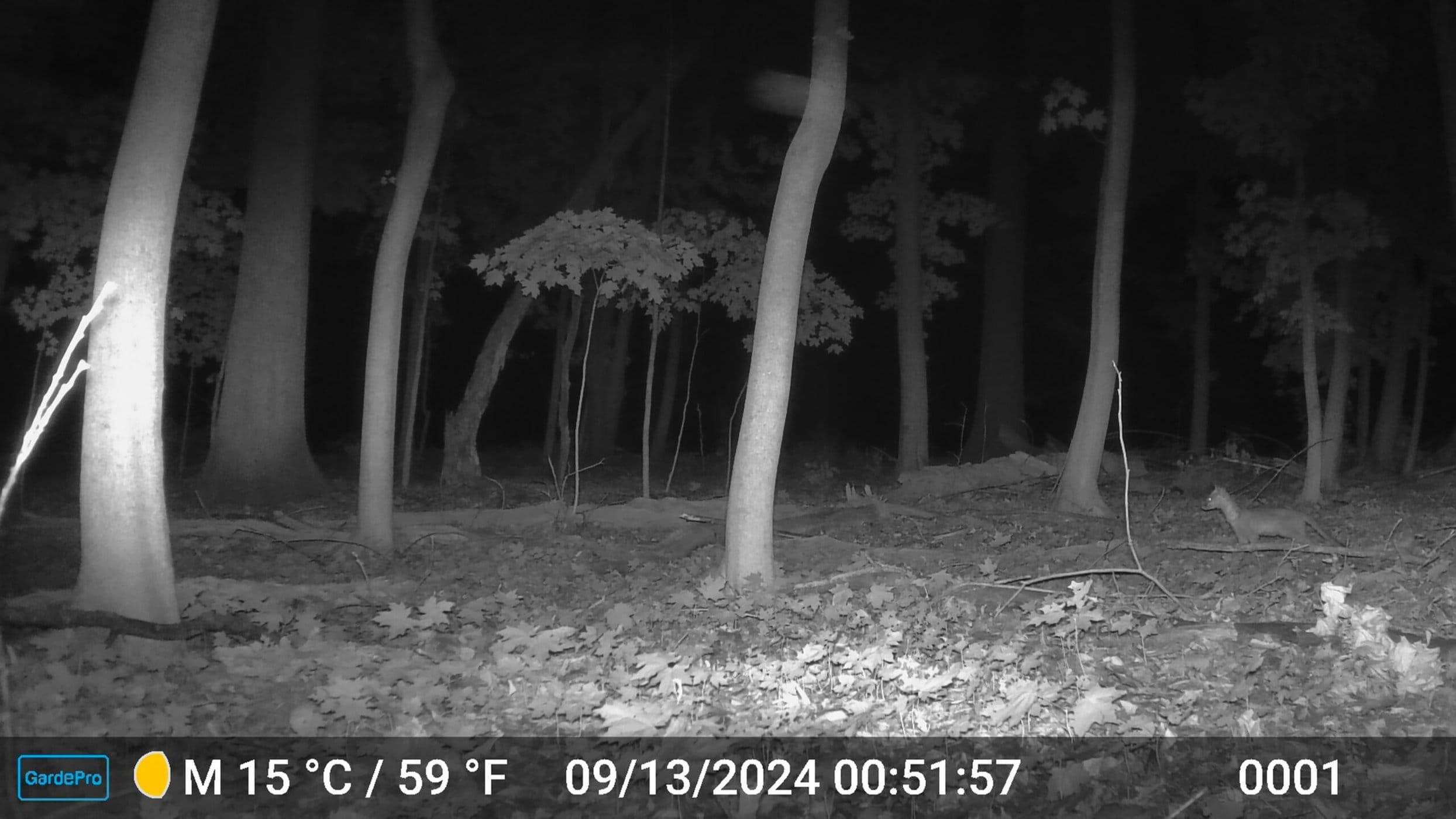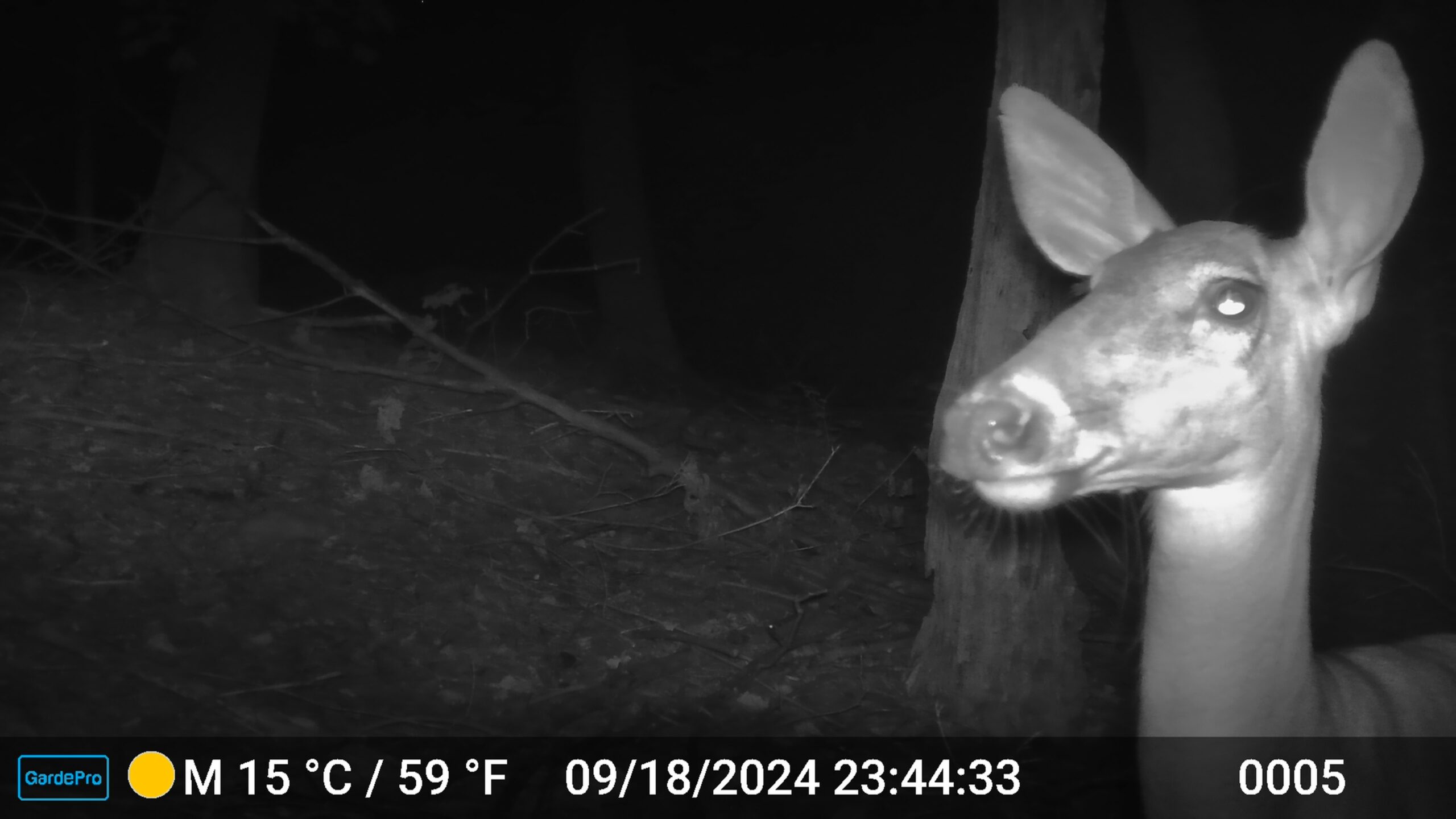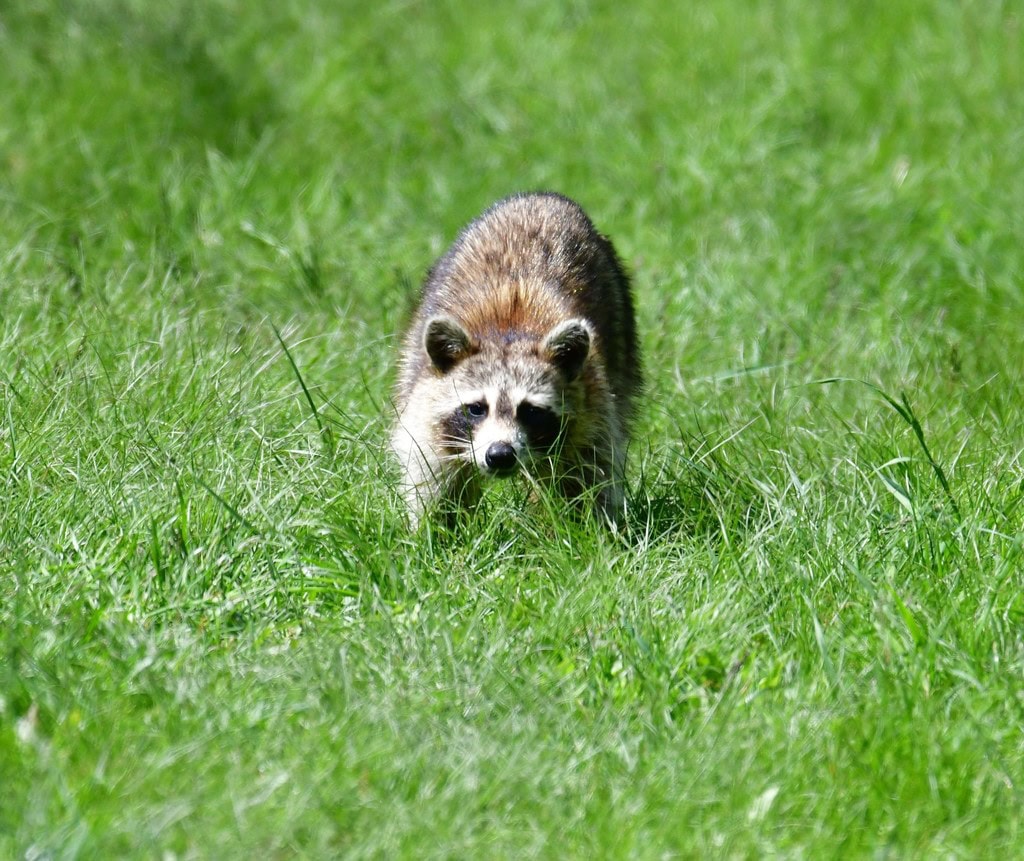Defining Urban Biodiversity is a multi-year research partnership between the Cary Institute of Ecosystem Studies, Scenic Hudson, and community members focused on what happens as a greater variety of plants and wildlife (biodiversity) return to urban environments in Kingston, Newburgh, and Poughkeepsie.
This research aims to document and discover the amazing variety of life and how it functions by using community science — a collaborative approach involving research and monitoring led by local residents, community groups, and partner organizations who actively participate in making observations and collecting data.
Biodiversity is not always documented or appreciated in cities as much as it is in rural settings. Yet urban areas are actually teeming with life! Raccoons, two species of fox, skunks, wood ducks, river otters, and deer are just some of the animals we’ve observed in cities.
We are working to improve urban parks, green spaces, and waterways, as well as to provide access to nature for all. Gathering this data in urban areas can help us plan, manage, and implement programs for open spaces that enhance experiences for both human and nonhuman life. Improved understanding of urban biodiversity can open up opportunities for people to connect with nature and for environmental education — both vital to community health and resilience.
Over the next few years, Dr. Shannon LaDeau, an ecologist at the Cary Institute, will work with communities to collect local data to better define and understand urban biodiversity in the region.
How to Get Involved in this Community Science Program:
- Sign up to volunteer through Scenic Hudson’s Volunteer Page.
- Create an iNaturalist account and join Defining Urban Biodiversity projects — you will be able to add biodiversity data on your own schedule and receive project updates about local efforts to collect data.
- Reach out to Kayla Patel at kpatel@scenichudson.org with any questions or ideas for collaboration.
Please do not disturb the wildlife cameras you may see in green spaces throughout Poughkeepsie, Kingston, and Newburgh.
Check back on this page and look out for email updates as we gather and share findings. The photos below capture some of the wildlife we’re starting to observe!
